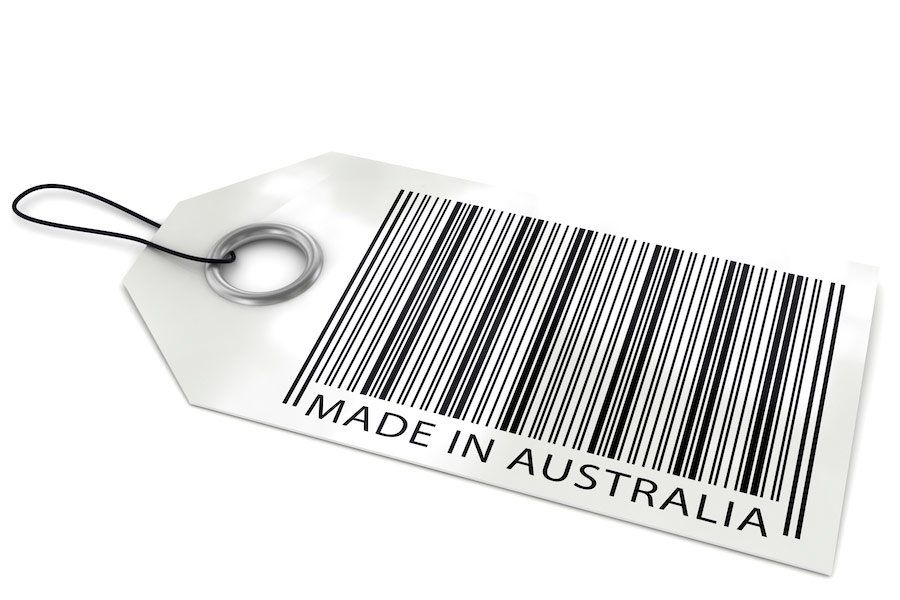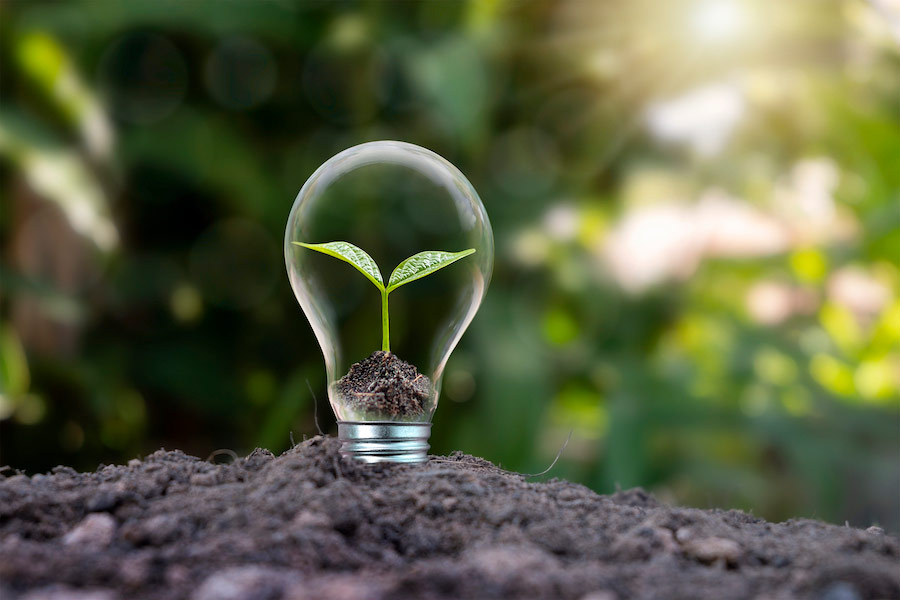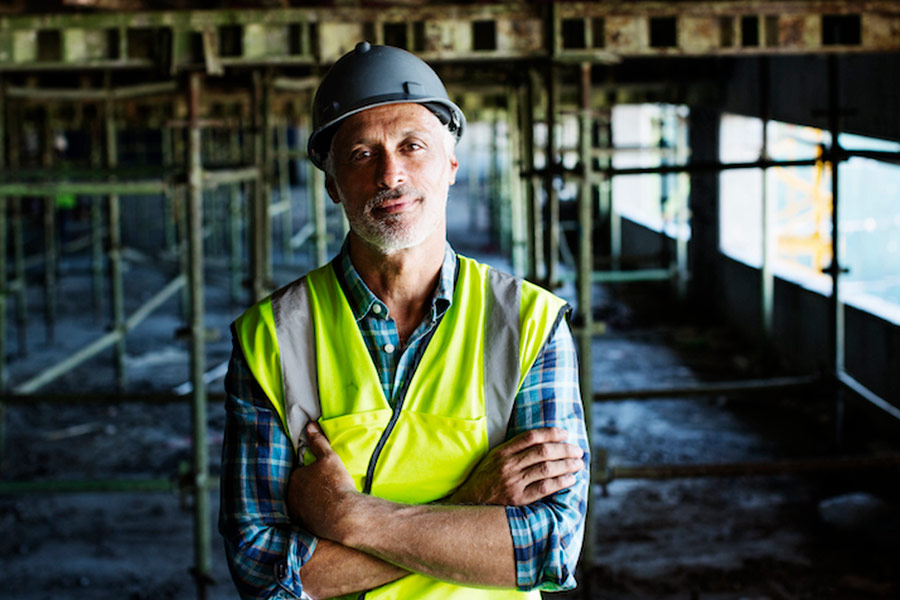Nov 11, 2022 by Mark Dingley
As he delivered Labor’s Budget at the end of October, Dr Jim Chalmers said, “A better future for Australia must mean a future made in Australia.”
The new Federal Treasurer said he wants Australia to be a country that “makes things again” and, importantly, adds value to critical minerals dug up from our land.
Does that mean it’s all good news for manufacturing?
Now the dust has settled, let’s take a look at what you need to know:

The biggest change in the Budget came with the announcement that the Government is redirecting funds from the Modern Manufacturing Initiative and Modern Manufacturing Fund to establish a National Reconstruction Fund (NRF).
(In case you’ve forgotten what the Modern Manufacturing Initiative is, here’s a reminder.)
The NRF is a commitment of $15 billion over seven years, beginning in 2023-24, to “support, diversify and transform” Australia’s manufacturing ecosystem.
In a nutshell, it will deliver co-investments in the form of loans, equity investments and guarantees into projects across seven priority areas: resources; agriculture, forestry and fisheries; transport; medical science; renewables and low-emission technologies; defence; and enabling capabilities.
The goal? To help Australia become more productive, take advantage of opportunities in a net-zero economy, and address supply chain vulnerabilities.
For example, $1b has been slated for advanced manufacturing, and $1.5b for medical manufacturing.
There’s a strong focus on reducing emissions in the 2022/23 Budget.
The Government will support small to medium enterprises to help them decarbonise their operations through more efficient energy use, with $62.6 million committed over three years to support upgrades to more energy-efficient equipment and facilities.

It’s good news for food manufacturers, with the Government funding $17.2m to establish a pilot Food Manufacturing Innovation Hub on the Central Coast of New South Wales.
This is a big win for the not-for-profit manufacturing industry body, Central Coast Industry Connect (CCIC), which prepared a strategic business case for the hub last year with Food Innovation Australia Ltd (FIAL) and industry partner TrendPac.
The hub, which will begin construction in early 2023, will be based at Lisarow near a mix of local and national food and beverage manufacturers, such as MasterFoods, Sanitarium and Sara Lee.
Its goal is to grow the local food sector and attract food manufacturers from outside the region by providing a purpose-built facility to house scale-up food businesses, pilot facilities and a skills hub. It will create at least 200 new ongoing jobs in food product manufacturing.
We recently discussed how Australian manufacturing can benefit from the critical minerals boom, and it seems the Government was paying attention!
To create renewable energy technologies, you need critical minerals. For example, to make a modern wind turbine, you need 8.5 tonnes of critical minerals, such as copper, zinc and nickel. For solar panels, you need high-purity quartz, and electric vehicles require vanadium, manganese, graphite, cobalt and lithium.
The good news? Australia has the world’s largest supply of four critical minerals: nickel, rutile, tantalum and zircon.
As Resources Minister Madeleine King said, “Without Australia's resources, the world will not reach net zero.”

No surprises then that the Budget has dedicated significant funds to the field. It’s promised $50.5m to a new Australian Critical Minerals Research and Development Hub, which will bring together expertise from the CSIRO, Australia’s national science agency, along with Geoscience Australia and the Australian Nuclear Science and Technology Organisation (ANSTO) to work with Australian industry to address technical challenges and support international research and development collaborations.
On top of this, $50m of the budget will be allocated to grants for early and mid-stage projects in the critical minerals sector, which builds on the $50 million allocated to six critical minerals projects in September.
There’s no doubt the last couple of years has been a struggle for businesses trying to find and keep skilled labour. Minister for Skills and Training Brendan O’Connor said, “This Budget is about securing a more robust economy and tackling one of our greatest economic challenges in decades: the lack of skilled workers.”
The Federal Budget has several initiatives that will positively impact on skilled labour and career opportunities in the Australian apprenticeships sector.
For example, the Budget helps to tackle the skills shortage by investing $42.2m to speed up visa processing and raise awareness of opportunities in Australia among potential skilled migrants.
There’s also $22.6m allocated for additional in-training support places for apprentices in regional and remote areas.
The Budget is supporting the growth of the Flinders University’s Factory of the Future in South Australia with $10.1m.
Located at the Tonsley Innovation District, the state-of-the art facility aims to work with over 200 SME’s to build their technological capabilities and help them gain a foothold in critical supply chains. It will also create a dedicated workforce to bridge skills gaps in digital and advanced manufacturing technologies.
The Budget is supporting the growth of the Flinders University’s Factory of the Future in South Australia with $10.1m.
Ingham’s Sorell Poultry Facility – $11.1m to support upgrades to Ingham’s Sorell poultry facility in Tasmania. This funding will be used to help Ingham’s implement a carbon-zero business model at the site.
Costa Group Berry Distribution Centre – $2.1m to support an expansion of the Costa Group berry distribution centre in East Devonport, Tasmania.
Springfield BioPark – $12.6m to support Cytiva’s Springfield BioPark project in Ipswich, Queensland. Located near the University of Southern Queensland, this project aims to create a space where multiple biologic industries can co-locate, with four distinct bio-manufacturing facilities with specialist storage available. It has the potential to offer a “fill and finish” module, where bulk products are prepared for use in pharmacies.
It’s too early to tell whether the Budget is enough for manufacturers in the current climate. But there are definitely some positives when it comes to investments in renewable energy, skilled labour and food innovation. Now we’ll just have to watch and see how it rolls out in practice.